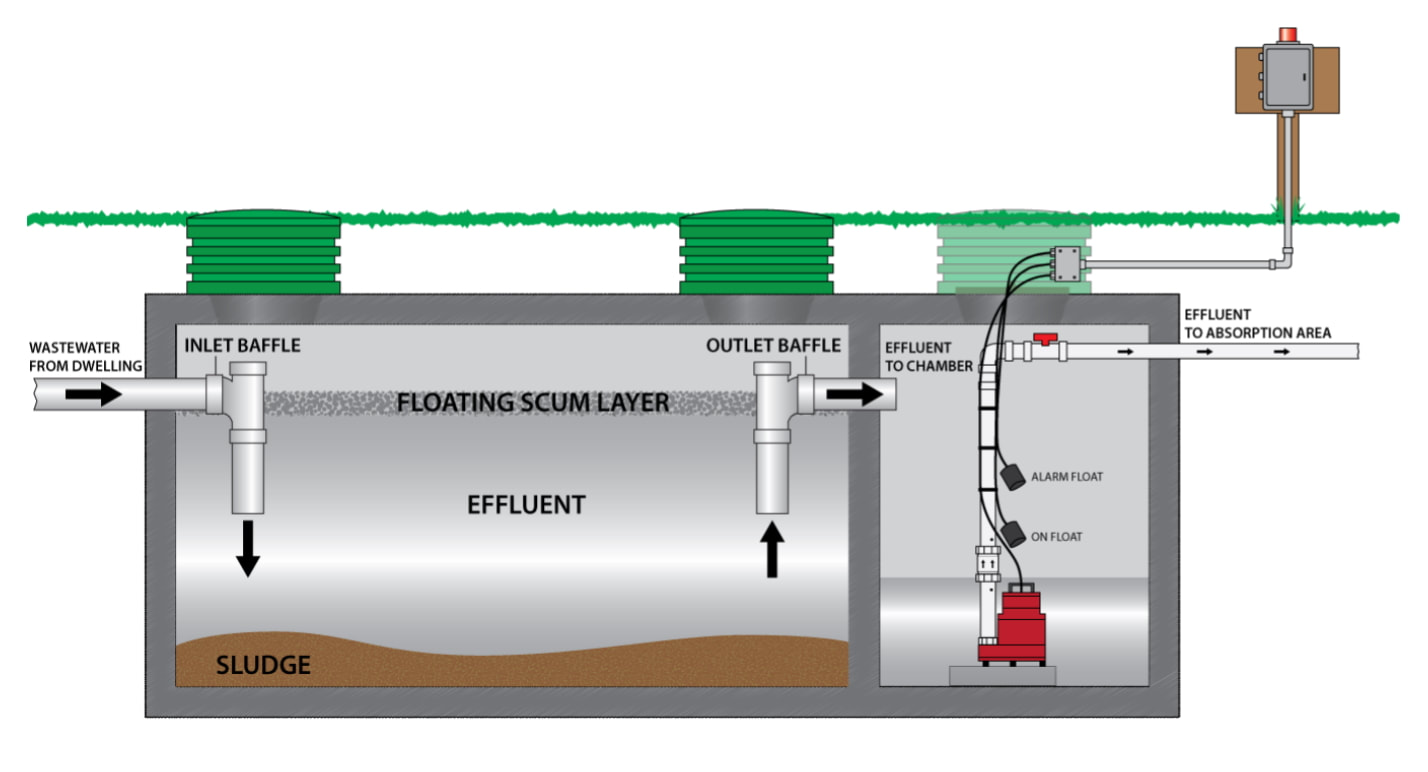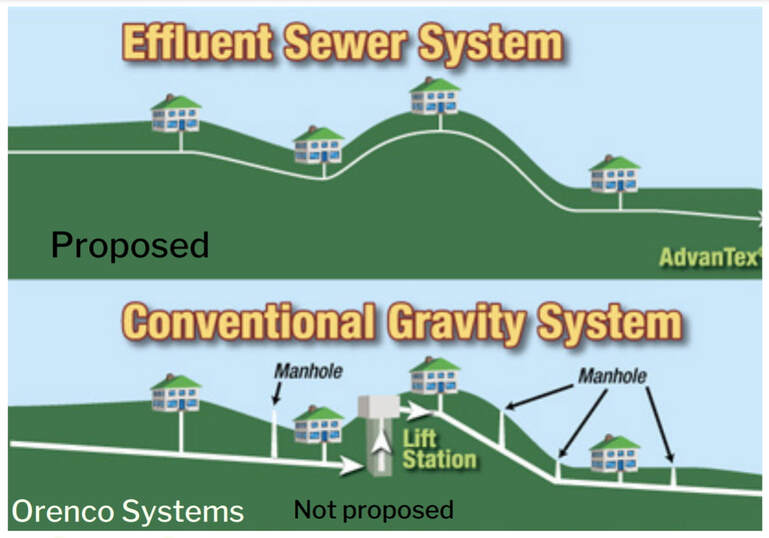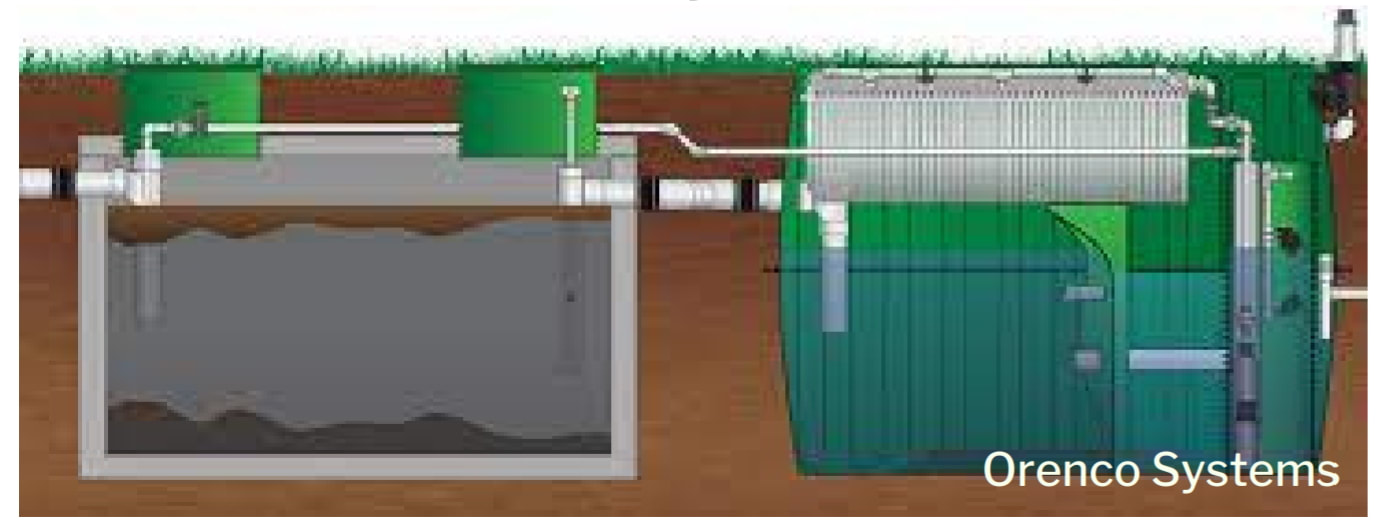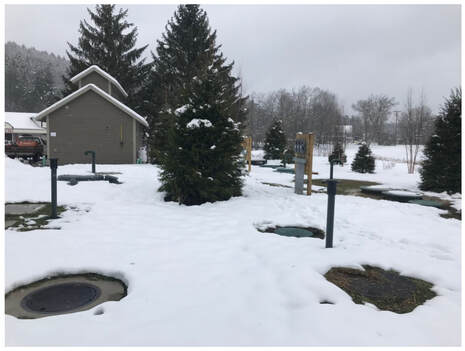WESTFORD COMMUNITY WASTEWATER PROJECT
IMPORTANT INFORMATION
Bond Vote Public Hearing
Wednesday, November 1, 2023
7:00pm
Westford School
Recording: https://lcatv.org/westford-wastewater-bond-info-2023-11-01
Bond Vote
Tuesday, November 7, 2023
7:00am-7:00pm
Westford School (ballots will be mailed to all registered voters)
NOW AVAILABLE - Recording of the 9/13 Public Informational Meeting: https://lcatv.org/westford-wastewater-information-2023-09-13
Recording of the 10/18 Public Informational Meeting: https://lcatv.org/westford-wastewater-2023-10-18
Bond Vote Language
ARTICLE I
Shall bonds of the Town of Westford be issued in an amount not to exceed Four Hundred Thousand Dollars ($400,000) for a term of up to 30 years and at an expected interest rate of two percent (2%) for the purpose of constructing a community wastewater system, as further described in Stone Environmental’s documents entitled Westford Community Wastewater – Revised Construction and Total Project Cost Estimates, Westford Community Wastewater Project Description, Costs, Funding, and Bonding Authority Recommendation, and Westford Community Wastewater – Draft 30% Design?
Wednesday, November 1, 2023
7:00pm
Westford School
Recording: https://lcatv.org/westford-wastewater-bond-info-2023-11-01
Bond Vote
Tuesday, November 7, 2023
7:00am-7:00pm
Westford School (ballots will be mailed to all registered voters)
NOW AVAILABLE - Recording of the 9/13 Public Informational Meeting: https://lcatv.org/westford-wastewater-information-2023-09-13
Recording of the 10/18 Public Informational Meeting: https://lcatv.org/westford-wastewater-2023-10-18
Bond Vote Language
ARTICLE I
Shall bonds of the Town of Westford be issued in an amount not to exceed Four Hundred Thousand Dollars ($400,000) for a term of up to 30 years and at an expected interest rate of two percent (2%) for the purpose of constructing a community wastewater system, as further described in Stone Environmental’s documents entitled Westford Community Wastewater – Revised Construction and Total Project Cost Estimates, Westford Community Wastewater Project Description, Costs, Funding, and Bonding Authority Recommendation, and Westford Community Wastewater – Draft 30% Design?
Westford's Planning Commission has worked since 2007 to develop policies, secure grants, and take actions that support the vitality and viability of the Town Center. One of the foundational ways to ensure that Westford has a choice regarding its future is to create a modern and functional wastewater system that allows the continued use, and adaptive re-use, of buildings in the Town Center. Today, those choices are threatened by the failing, antiquated septic systems that serve public and private buildings in the Town Center.
In order to secure a future for Westford, we must explore development of a system that will not only support the users in the Common area, but provide the entire town with the facilities it needs to have a shared space for community, commerce and culture.
This site serves as an information resource for all Westford, Vermont residents.
In order to secure a future for Westford, we must explore development of a system that will not only support the users in the Common area, but provide the entire town with the facilities it needs to have a shared space for community, commerce and culture.
This site serves as an information resource for all Westford, Vermont residents.
PROJECT TIMELINE
updated September 2023
February-March 2023
Spring 2023
Summer - Fall 2023
Late Summer 2023
Fall 2023
November 2023
2024
Winter 2024-2025
Spring 2025
February-March 2023
- Initiate Phase II engineering
Spring 2023
- Begin detailed engineering of the wastewater collection and dispersal system, including locations of individual property connections
- Surveys and service area property owner contacts
- Engineering and survey team works in the community to gather detailed information. Engineering team visits with property owners wishing to voluntarily connect to determine connection locations and plumbing needs
Summer - Fall 2023
- Develop Draft Governing Ordinance
- Selectboard outlines procedures for voluntary connections to the system, charging fees, and serving Town buildings, if and when a system is constructed
Late Summer 2023
- Present Proposed Design
- Present updated system design and cost estimates, with ongoing fees to the Town and system users, to Selectboard and Town. In September, Select Board considers Resolution of Necessity to warn November bond vote.
Fall 2023
- Community Presentations and Discussion
- Several community meetings with information on costs, timing, and policies are held before the bond vote.
November 2023
- Town-Wide Bond Vote
Westford's voters will vote on whether to approve the issuance of a bond not to exceed a specified amount; bond language will specify repayment terms, rate, and grant funding contingencies.
2024
- Final Design Process
Note: If the bond vote is successful, the engineering team will continue with system design, including wastewater treatment equipment, layouts, and earthwork during construction. Permitting is anticipated in the summer and fall of 2024.
Winter 2024-2025
- Bid documents will be issued and a bid opening held to select a contractor
Spring 2025
- Start Construction - Construction would begin when weather permits in 2025
GENERAL PROJECT COSTS
updated 9/8/23
Estimated Total Project Cost: $3,867,000
Maximum Bonded Debt: $400,000
Town’s Annual Bond Cost: $17,860 (Starts in 2027)
Town's Estimated Annual Total Obligation After User Fees:
$64,000 in 2027 (Town Share of Bond Repayment + O&M)
Estimated Monthly Fee per Typical User in System Area:
Single family - $89.74/month or $1,077/year in 2027 (Bond + O&M)
One bedroom apartment - $38.46/month or $462/year (Bond + O&M)
Estimated Taxpayer impact:
$24 per year per $100,000 property value in 2027 = $2/month
$72 per year per $300,000 property value in 2027 = $6/month
Awarded Grant/Subsidy Funding:
VT Clean Water State Revolving Fund: $269,525
Northern Borders Regional Commission/Economic Development Administration: $466,194
State American Rescue Plan Act Funding: $2,377,136
Local American Rescue Plan Act Funding: $150,000
Community Recovery & Revitalization Program: $757,472
Total - $4,020,327
Estimated Total Project Cost: $3,867,000
Maximum Bonded Debt: $400,000
Town’s Annual Bond Cost: $17,860 (Starts in 2027)
Town's Estimated Annual Total Obligation After User Fees:
$64,000 in 2027 (Town Share of Bond Repayment + O&M)
Estimated Monthly Fee per Typical User in System Area:
Single family - $89.74/month or $1,077/year in 2027 (Bond + O&M)
One bedroom apartment - $38.46/month or $462/year (Bond + O&M)
Estimated Taxpayer impact:
$24 per year per $100,000 property value in 2027 = $2/month
$72 per year per $300,000 property value in 2027 = $6/month
Awarded Grant/Subsidy Funding:
VT Clean Water State Revolving Fund: $269,525
Northern Borders Regional Commission/Economic Development Administration: $466,194
State American Rescue Plan Act Funding: $2,377,136
Local American Rescue Plan Act Funding: $150,000
Community Recovery & Revitalization Program: $757,472
Total - $4,020,327
WHY INVEST IN A WASTEWATER SYSTEM?
Providing environmentally sound on-site wastewater disposal is the single most important step any property owner or community can take to ensure the viability of their building, and to protect public and environmental health. Wastewater disposal and potable water supply are governed and controlled by State statutes and rules established by the Agency of Natural Resources. Almost all changes in land use, and expansions of existing uses to provide food service, add restaurant seats, or add a bedroom to an apartment, requires a wastewater permit – and may be limited if the existing on-site system does not meet standards or cannot be upgraded. The legacy septic systems serving all current public and civic structures within the town common area are badly out of date with contemporary public health standards, and in danger of physical failure. In order to meet current state standards, and to ensure the viability of continued building use and adaptation in the Town Common, a new and modern wastewater system that serves the entire common area is needed. Through the Westford Future process led by the Vermont Council on Rural Development, Westford residents indicated that they see economic and social revitalization, including business development and the continued use of the structures in the Town Common today, as essential for the survival of the town. A new wastewater system will allow for continued use and future revitalization of the existing pcivic buildings, including the Common Hall, and thoughtful redevelopment in accordance with the town plan.
Find more answers to your questions on the F.A.Q. PAGE
Find more answers to your questions on the F.A.Q. PAGE
WASTEWATER SYSTEM COMPONENTS
STEP: Septic Tank & Effluent Pump
"STEP" tanks collect household sewage from building sewers, settle solids, and use pumps to send wastewater to the sewer, located in the street.
"STEP" tanks collect household sewage from building sewers, settle solids, and use pumps to send wastewater to the sewer, located in the street.
|
The engineering options evaluated for Westford all involve the use of a low-pressure sewer collection system and "dosing" pump station across from the Maple Shade Town Forest disposal field. A low-pressure sewer system is a network of sealed pipes and small, belowground pump stations called "STEP" tanks & pumps at each connected property. Low-pressure sewer systems, which require electricity, are preferred in places like Westford where topography and bedrock make gravity sewers both impractical and expensive
|
Low Pressure Sewers
Low Pressure or Effluent Sewers bring liquid waste that has been through a Septic Tank & Effluent Pump through a pressurized pipe to the disposal field. Solids in septic tanks at each parcel are pumped periodically.
Low Pressure or Effluent Sewers bring liquid waste that has been through a Septic Tank & Effluent Pump through a pressurized pipe to the disposal field. Solids in septic tanks at each parcel are pumped periodically.
Effluent Pre-Treatment System
A diagram of a typical pre-treatment system; septic tank effluent goes through a filter medium to remove solids and organics before the wastewater is discharged to the collection force main.
A diagram of a typical pre-treatment system; septic tank effluent goes through a filter medium to remove solids and organics before the wastewater is discharged to the collection force main.
|
Pre-treatment increases the system's ability to handle higher strength waste from restaurants and food related or other high strength uses. In Westford's community system, pre-treatment may be used at individual connections to reduce the organic strength of the effluent to be similar to typical residential septic tank effluent before discharged to the collection system. Pre-treatment systems require additional electricity and maintenance compared to step tanks alone, but they serve to protect the shared storage tanks and disposal system as well as the collection system.
|
Collection Pump Station Control Building
|
A collection pump station control building (top left) and underground pre-treatment system (lids, foreground) serving the Winter Park Business Park on Route 100 in Waitsfield. Adding a collection pump station would provide for greater storage within the system to "equalize" flows, making the system more resilient in the event of power loss, and better able to handle periodic high flows from community events or business activity.
|



